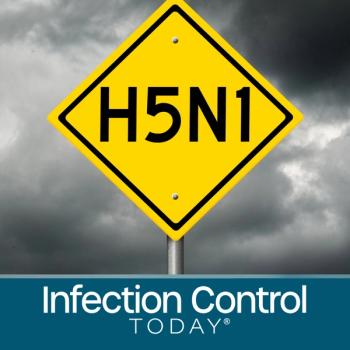
HICPAC Issues Environmental Fogging Clarification Statement
The Centers for Disease Control and Prevention (CDC)Â and the Healthcare Infection Control Practices Advisory Committee (HICPAC) have recommendations in both 2003 Guidelines for Environmental Infection Control in Health-Care Facilities and the 2008 Guideline for Disinfection and Sterilization in Healthcare Facilities that state that the CDC does not support disinfectant fogging. Specifically, the 2003 and 2008 Guidelines state:
- 2003: Do not perform disinfectant fogging for routine purposes in patient-care areas. Category IB
- 2008: Do not perform disinfectant fogging in patient-care areas. Category II
Â
These recommendations refer to the spraying or fogging of chemicals (e.g., formaldehyde, phenol-based agents, or quaternary ammonium compounds) as a way to decontaminate environmental surfaces or disinfect the air in patient rooms. The recommendation against fogging was based on studies in the 1970s that reported a lack of microbicidal efficacy (e.g., use of quaternary ammonium compounds in mist applications) but also adverse effects on healthcare workers and others in facilities where these methods were utilized. Furthermore, some of these chemicals are not EPA-registered for use in fogging-type applications.
Â
These recommendations do not apply to newer technologies involving fogging for room decontamination (e.g., ozone mists, vaporized hydrogen peroxide) that have become available since the 2003 and 2008 recommendations were made. These newer technologies were assessed by CDC and HICPAC in the 2011 Guideline for the Prevention and Control of Norovirus Gastroenteritis Outbreaks in Healthcare Settings, which makes the recommendation: More research is required to clarify the effectiveness and reliability of fogging, UV irradiation, and ozone mists to reduce norovirus environmental contamination. (No recommendation/unresolved issue)
The 2003 and 2008 recommendations still apply; however, CDC does not yet make a recommendation regarding these newer technologies. This issue will be revisited as additional evidence becomes available.
Newsletter
Stay prepared and protected with Infection Control Today's newsletter, delivering essential updates, best practices, and expert insights for infection preventionists.






